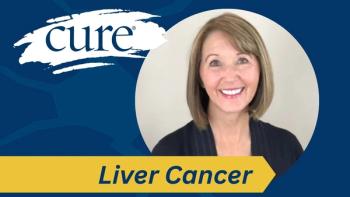
With Transplant the Only Cure for Myelofibrosis, Clinical Trials, Patient-Provider Communication Is Key
Patients with myelofibrosis should be open about their treatment goals with their providers, and potentially consider getting a second opinion or participating in a clinical trial, one expert says.
Since stem cell transplant is the only potentially curative option that is currently available for patients with myelofibrosis — a type of myeloproliferative neoplasm — it is essential that patients with the disease have open communication with their clinicians and consider participation in a clinical trial, explained Dr. John O. Mascarenhas.
Mascarenhas, who is a professor of medicine at the Icahn School of Medicine at Mount Sinai in New York and director of the Center of Excellence for Blood Cancers and Myeloid Disorders, also suggested that patients with this type of rare blood cancer also seek a second opinion.
“It is it is critical and crucial to, at least at some point, have a second opinion, I think, at a center where there's a lot of familiarity and experience with myelofibrosis and with myeloproliferative neoplasms,” he said in an interview with CURE®’s sister publication, OncLive®.
Transcript:
From a patient perspective … I think it's important for patients to realize (that) myelofibrosis is a relatively rare disease. It is it is critical and crucial to, at least at some point, have a second opinion, I think, at a center where there's a lot of familiarity and experience with myelofibrosis and with myeloproliferative neoplasms, where there's clinical trial options.
For most patients, I think that clinical trials should always be considered, if possible, whether it's upfront therapy or salvage therapy. I think it's important for patients to realize that the only curative option that exists in 2022, leading into 2023, is still hematopoietic stem cell transplantation. And I think that's an important consideration early on in the disease course. And a consultation, when warranted, with a transplanter is a good way of understanding whether that makes sense for a given patient and what's involved, because although it offers the potential for cure, there are a lot of considerations, and it is it is an approach that has intrinsic toxicity and risk involved. So you really have to balance the potential benefits and risks and make sure that's aligned with the patient's expectations.
So I think encouraging patients to be very vocal with their hematologists about what they're looking to accomplish and make sure it's aligned with what the hematologist is looking to provide is crucial.
For more news on cancer updates, research and education, don’t forget to




